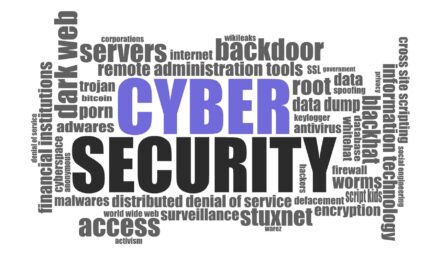Comprehensive study of 900 business decision makers across Asia Pacific and Japan revealed corporate culture and employee education’s role in successful cybersecurity practices.
Sophos has recently announced the findings of their report, The Future of Cybersecurity in Asia Pacific and Japan – Culture, Efficiency, Awareness, which revealed that the success of an organization’s cybersecurity investment lies in more than buying technology, with corporate culture, employee education and path-to-purchase plays a critical role.
Sophos commissioned Tech Research Asia (TRA) to undertake this research into the Asia Pacific and Japan cybersecurity landscape. This includes a quantitative survey where a total of 900 responses were captured — with 200 each in Australia, India and Japan and 100 each in Malaysia, Philippines and Singapore. In addition, TRA captured qualitative insights from five executive roundtable events in Australia (2), India, Japan and Malaysia.
APJ companies not keeping pace with the speed of cybersecurity
Across Asia Pacific and Japan (APJ), 66% of business decision makers believed that lack of security expertise is a challenge for their organization, with 67% observing recruitment of skills to be a struggle. This comes down to the set-up of cybersecurity within every organisations, which commonly sees IT staffs to be tasked with security in addition to their other responsibilities.
Employee’s attitude and behavior is also a wide issue, impacting corporate cybersecurity. In fact, 85% of APJ organizations believed that the biggest challenge to their security in the next 24 months will be improving cybersecurity awareness and education among employees and leadership.
Budget challenges and organizational structure continue to play a role
Across all markets, only 34% of organizations have a dedicated cybersecurity budget – in most cases budgets are included as part of other broader IT or other departmental spend.
Organizational IT security structures are diverse — one third of those surveyed have a dedicated CISO, another third sees cybersecurity led by an IT leader, and the remainder gave responsibility to another executive, such as the CTO.
The majority of organizations continue to keep most capabilities in-house and only in a few areas, like penetration testing and training, thus, outsourcing becomes a more common approach.
Change is coming
More than 50% of APJ organizations are regularly making significant changes to their cybersecurity approach, while 82% intends to make changes to their security approach every 12 months.
As part of this, one in two organizations anticipated their use of external security partners to rise over the next 12 months. The main triggers for security updates — beyond changes to overall security posture — are technology and product developments, compliance and regulation requirements, and growing awareness of new attacks.
“Security is hard. We all know it,” said Chester Wisniewski, principal research scientist, Sophos. “Sophos’ survey highlights the constant challenge presented by the evolving security landscape and never-ending search for skills and best practices to help organizations overcome these threats.”
What does it really mean to ‘be secured’? Wisniewski sad: “Ultimately, security is about managing risk. To do that effectively, IT managers must be able to identify key areas where their team’s actions will have an outsized impact on protecting their organization, employees and the data their company has been entrusted with.”
He added that the research highlights the struggles that organizations faced in attaining security expertise and staying up to date. It also shows the lack of visibility into security risk and an overestimation of respondents’ abilities to defend their organizations.
For example, on average, one third of respondents believed their organizations had been the victim of a breach in the last year, whereas anecdotal evidence suggests this number should be close to 100%.
“Today’s security teams must be proactive in their response to today’s cyber threats. This requires having tools to effectively find suspicious activity and access to a network of security knowledge to interpret that information and lead them to appropriate corrective action,” said Wisniewski.

















